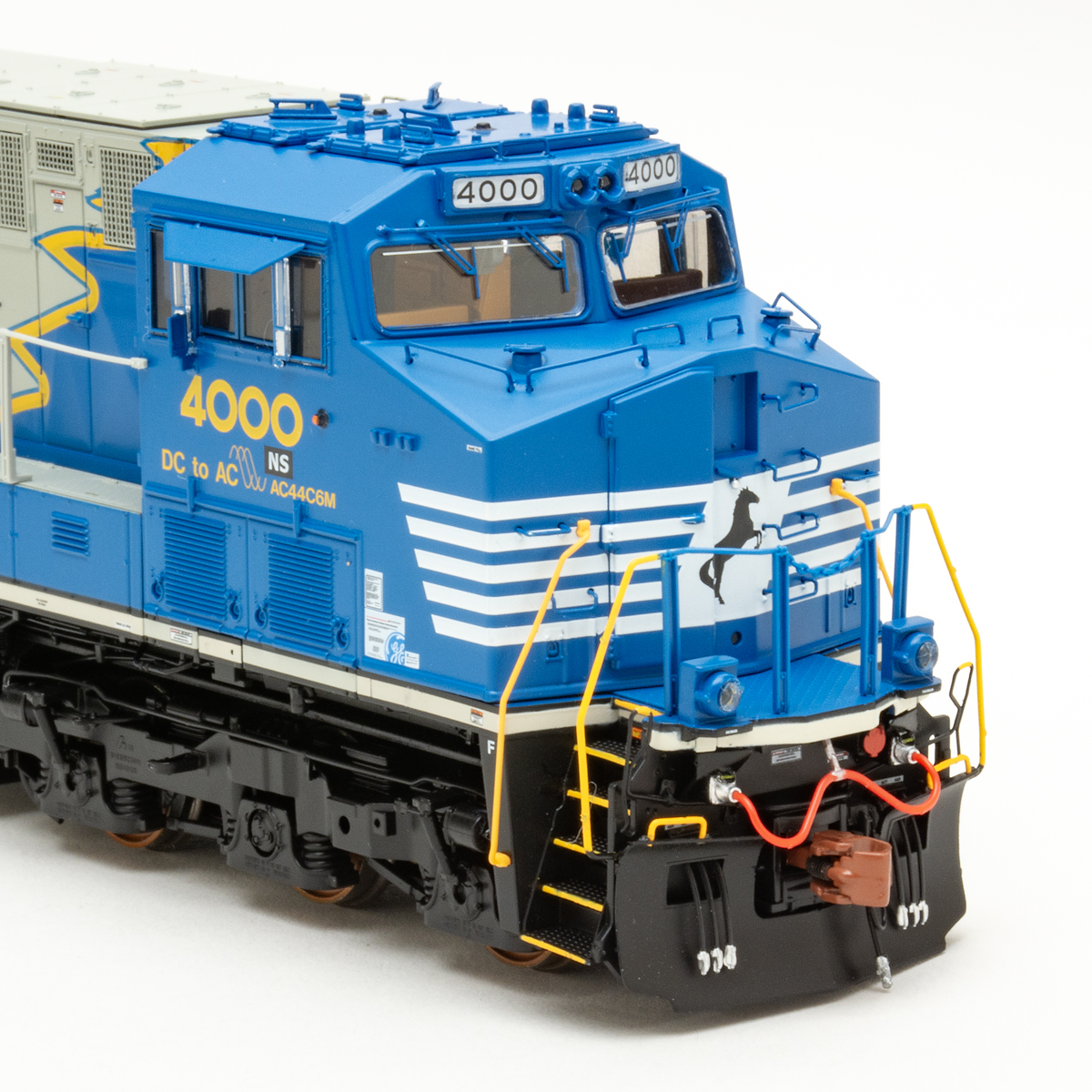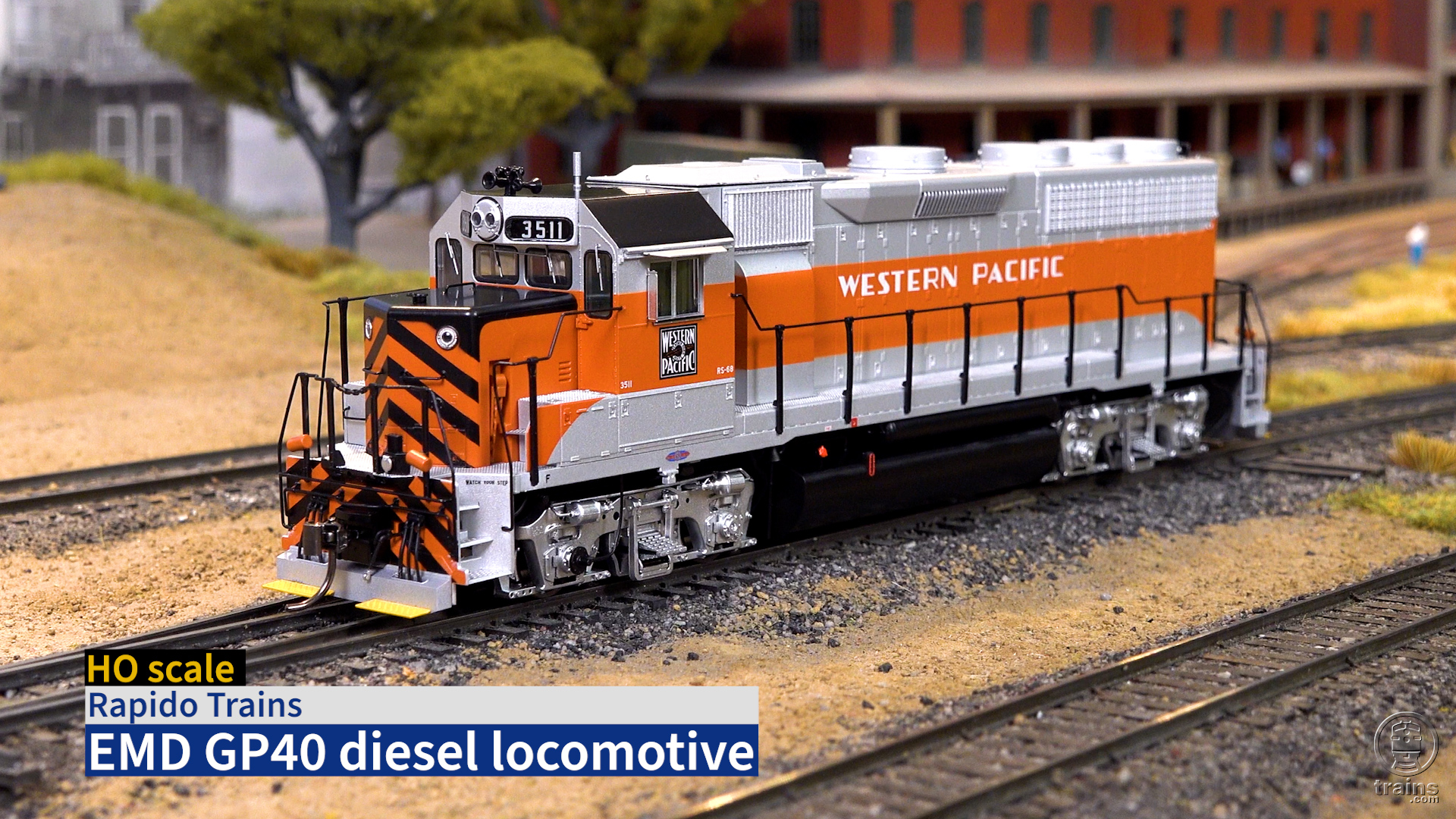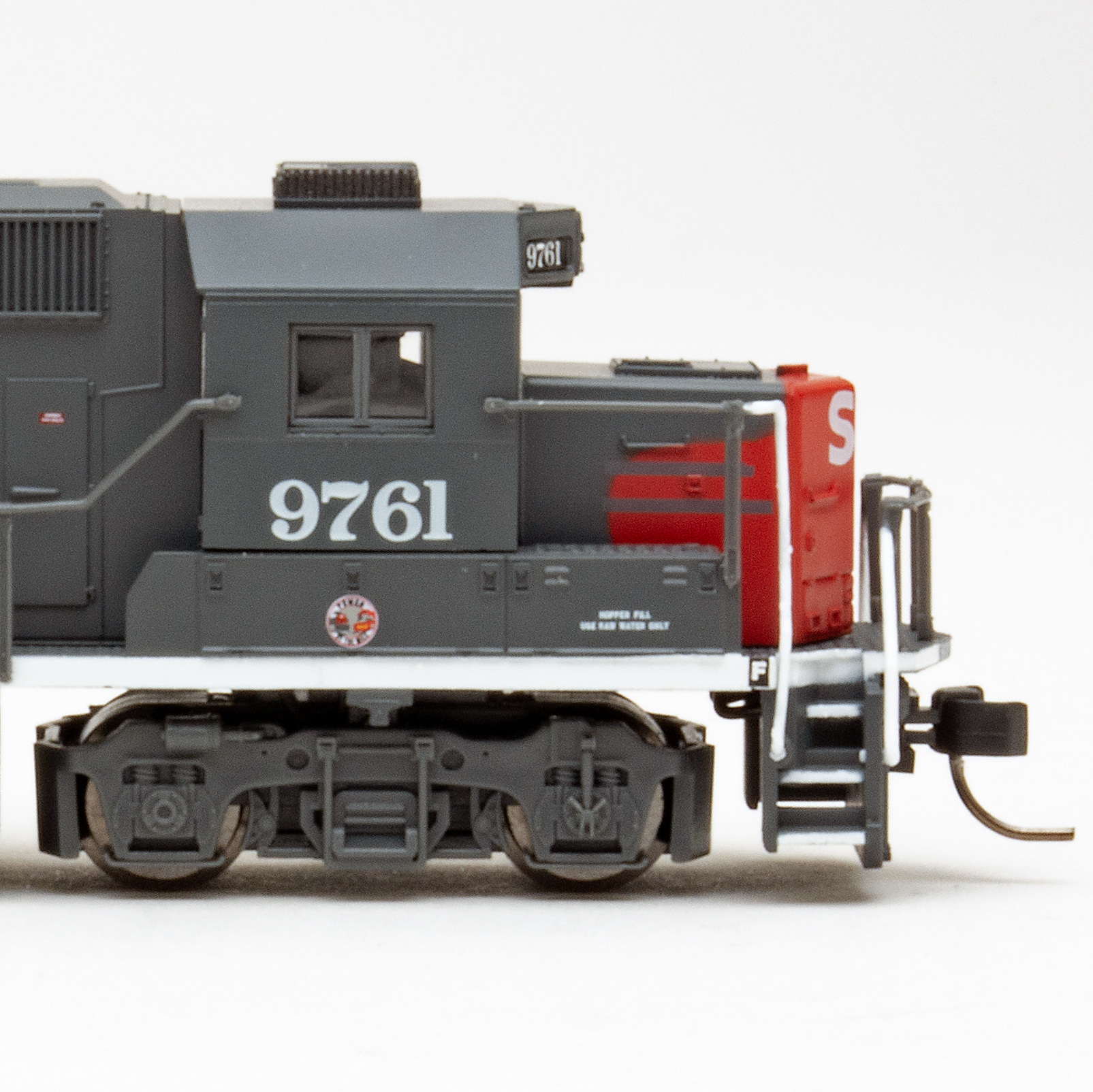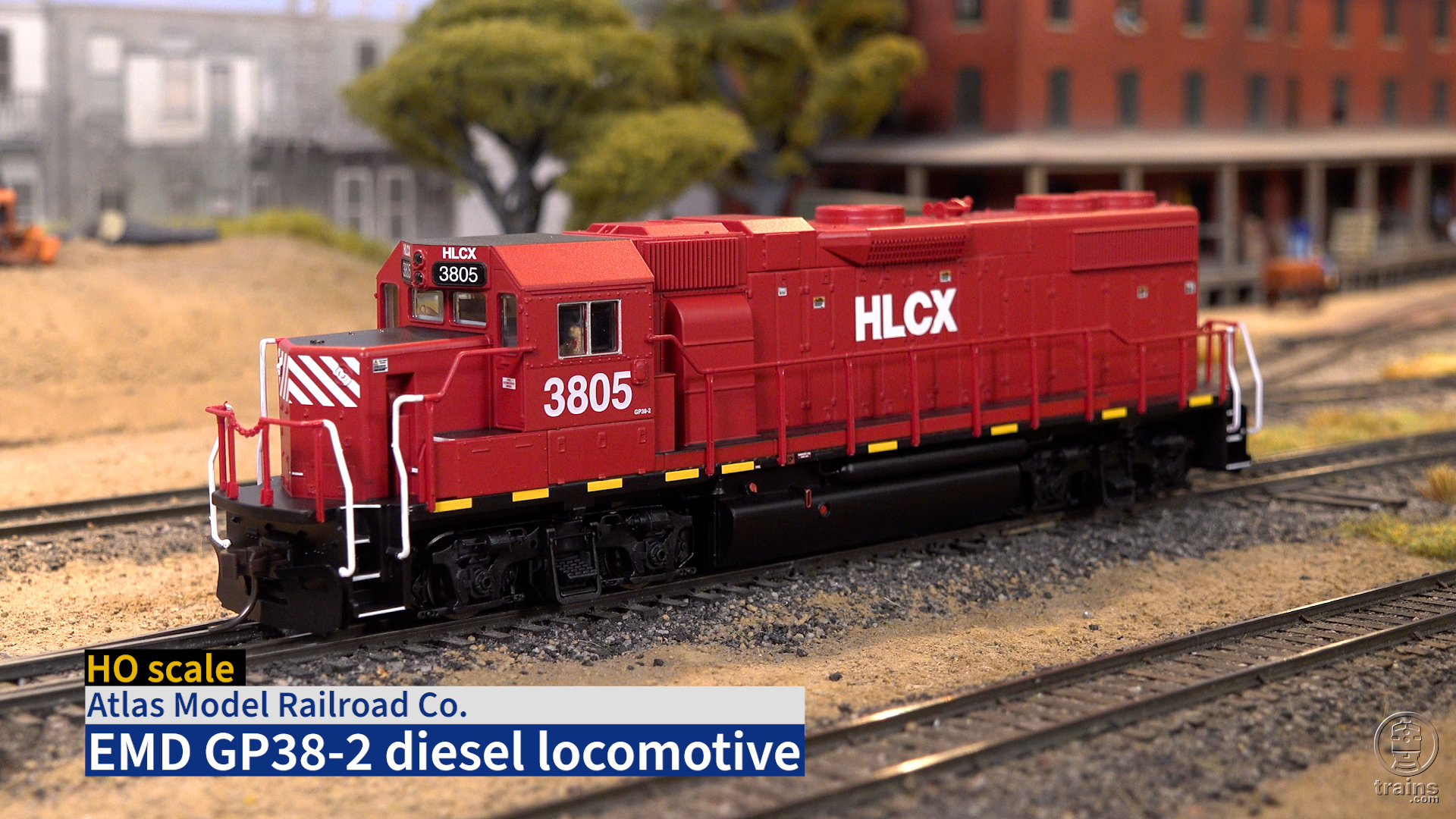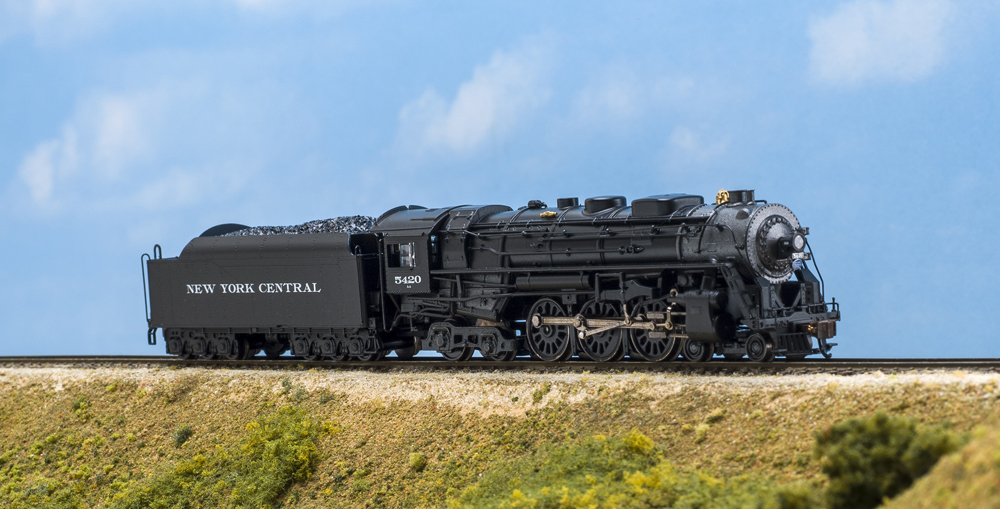
Bachmann’s latest N scale locomotive is a classic. New York Central’s J-3a Super Hudson, designed to lead the railroad’s top streamlined passenger trains, incorporated all the best steam technology available to the Central’s designers.
The result was an iconic locomotive that would epitomize the idea of steam power for generations to come. Bachmann’s N scale replica of the locomotive is likewise impressive, with accurate dimensions, wire details, Digital Command Control (DCC) sound, directional light-emitting-diode (LED) lighting, a smooth-running drivetrain, and many separately applied details.
A thoroughbred. The New York Central’s class J-3a 4-6-4 Super Hudsons, a batch of 50 ordered in 1935 and numbered 5405-5454, were built by Alco in 1937 and 1938. The order was unusual in that it came in the midst of the Great Depression, when passenger traffic on the NYC was in decline and revenue for large capital outlays was scarce.
There was a reason for the madness, though: NYC brass had seen the future, in the form of streamlined lightweight cars being rolled out on the Chicago, Burlington & Quincy’s Zephyrs and the Union Pacific’s name trains. Although there wasn’t a need for newer and better passenger power on the NYC at the time, management knew that when it did replace its aging heavyweight passenger car fleet, it wanted equally impressive power up front.
Buying Hudsons right away meant older locomotives could be demoted to branch line and freight service, where there was a need, allowing older engines to be scrapped. And NYC could afford to do so because of the generosity of Uncle Sam, who provided assistance through the Reconstruction Finance Corpora- tion, a government stimulus program.
The order was also unusual in that all 50 locomotives were ordered at once, rather than a single demonstrator followed by small batches. The reason boiled down to three words: testing, test- ing, testing. The railroad had run plenty of tests on its class J-1 and J-2 Hudsons and applied to the class J-3’s design all the latest technology: all roller-bearing wheels; a bigger combustion chamber; a conical boiler; and small, high-pressure cylinders. The result was an improvement to 4,275hp at 75 mph over the class J-1’s 3,900 hp at 67 mph. (In fact, the cylinders produced so much force that in some cases it bent the side rods, so work- ing boiler pressure was reduced from 275 psi to 265.) Coal usage actually decreased compared to the J-1, also.
One place designers did skimp, though, was in equipping the J-3a with Elesco feedwater heaters, sometimes derided as “the poor man’s feedwater heater.” Starting in 1943, all 50 of the NYC’s Hudsons were refitted with Worthington feedwater heaters. Bachmann’s models bear Elescos, seen as a cylindrical bump-out on either side of the top of the smokebox. This places Bachmann’s models roughly between 1937, when the first J-3a was delivered, and 1943. If you want to model a later version J-3a, Detail Associates makes a white metal Worthington unit in N scale.

Class J-3a Hudsons led the NYC’s crack name trains, including the 20th Century Limited, the Empire State Express, and the Commodore Vanderbilt. Some were demoted to less prestigious duties after World War II, when the lessons learned with the Super Hudsons was applied to a 4-8-4 design that would be dubbed the Niagara. J-1’s 3,900 hp at 67 mph. (In fact, the cylinders produced so much force that in some cases it bent the side rods, so work- ing boiler pressure was reduced from 275 psi to 265.) Coal usage actually decreased compared to the J-1, also.
One place designers did skimp, though, was in equipping the J-3a with Elesco feedwater heaters, sometimes derided as “the poor man’s feedwater heater.” Starting in 1943, all 50 of the NYC’s Hudsons were refitted with Worthington feedwater heaters. Bachmann’s models bear Elescos, seen as a cylindrical bump-out on either side of the top of the smokebox. This places Bachmann’s models roughly between 1937, when the first J-3a was delivered, and 1943. If you want to model a later version J-3a, Detail Associates makes a white metal Worthington unit in N scale.
Class J-3a Hudsons led the NYC’s crack name trains, including the 20th Century Limited, the Empire State Express, and the Commodore Vanderbilt. Some were demoted to less prestigious duties after World War II, when the lessons learned with the Super Hudsons was applied to a 4-8-4 design that would be dubbed the Niagara. But the J-3a soldiered on through the end of the steam, finally being replaced by first-generation diesels and retired in the mid-1950s. None survived the scrapper’s torch.
A handsome model. In the subtitle of their book Thoroughbreds, railroad authors Alvin F. Staufer and Edward L. May call the NYC’s Hudsons “the most famous class of locomotive in the world.” While that point is arguable, the most famous Hudsons are the Dreyfus-styled streamlined versions that epitomize Art Deco locomotive design.
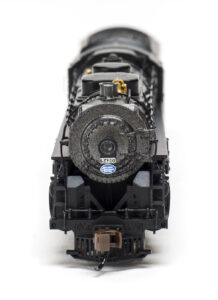
Bachmann’s models are of the more common, workaday, unstreamlined version more likely to be seen on the typical model railroad. It may not be the one you see in movies, cartoons, and Art Deco posters, but to a steam connoisseur, it’s still a handsome locomotive.
The molding on the die-cast metal boiler is impeccable, with fine rivets and boiler bands, separately applied piping and other details, and wire grab irons. The satin black paint is smoothly and evenly applied, and the white lettering on the cab and tender is crisp and opaque. I would have preferred for the cylinder fronts to have matched the prototype’s shiny aluminum covers, and for the front handrails to be painted white like the full-sized locomotive’s, but both are easily remedied with a bit of paint.
I found detailed, dimensioned drawings of the J-3A in the 1938 edition of Locomotive Cyclopedia of American Practice (Simmons-Boardman). All the dimensions I checked on the model matched the dimensions of the drawing, from the overall length, width, and height to the driver wheelbase – the latter being quite a feat in N scale. The model is equipped with as-delivered Boxpok drivers; over the years, some on the prototype were replaced with Scullin disc drivers.
Operation. As the N scale locomotive is equipped with a dual-mode Digital Command Control sound decoder, I tested it under both direct current (DC) and DCC. Under DC control, sounds came on at just over 5V. It started to roll at 8.5V, creeping along at a barely measurable .1 scale mph. Just as it had started slowly, it stayed in the low end of the speed curve throughout the voltage range, topping out at 40 scale mph at our power pack’s maximum output of 14.5V.
In addition to the steam chuffs, which followed the expected four chuffs per drive wheel revolution, a bell sounded when starting under DC. When I reduced the throttle, a wheel squeal could be heard under the steam sounds.
The speed curve bent the other way under Digital Command Control. It started out at a workable 5.5 scale mph in speed step 1, but exceeded the prototype’s maximum allowed speed of 75 mph by speed step 8. This would make the majority of the throttle range useless, so I put our NCE ProCab DCC system into programming mode and experimented with various settings for Configuration Variable 5 (CV5, also known as Vmax). I found that a setting of 64 gave the model a starting speed of 2.7 scale mph in step 1 and a top speed of 76 scale mph in step 28, with a nice, smooth distribution in between. I also programmed the locomotive’s decoder address to the cab number, a simple task.
Under DCC, I had a lot more control of the locomotive’s sound effects. Function key 1 (F1) triggered the bell, while F2 played a toggled horn blast and F3 a short toot. While I could play a long-long-short-long grade-crossing signal with these two keys, I found that one was already programmed into key F9.
There were also some automatic sounds in DCC. I could hear the genera- tor spin up when I pressed F0 to turn on the headlight, and rapidly decreasing the throttle played a rod-clank sound.
I tested the Hudson on our N scale Canadian Canyons layout. Pulling six heavyweight passenger cars, the Hudson handled the layout’s Peco medium-radius turnouts, 13″ curves, and 1.9 per- cent grade with nary a complaint.
A must-have for NYC modelers. If you’re modeling the New York Central in the last two decades of steam, you just have to have a 4-6-4 or two. There’s no getting around it. And if you don’t model the NYC in N scale, Bachmann’s N scale class J-3a Super Hudson might be enough to make you consider doing so. It’s not only a faithful representation of the prototype, it’s a good looking, smooth running, great sounding model.
Facts & Features
Price: $439
Manufacturer
Bachmann Trains
1400 E. Erie Ave. Philadelphia, PA 19124
bachmanntrains.com
Era: 1937-1943
Road numbers: As delivered, 5420 and 5426; later Gothic lettering, 5405 and 5445
Features
– Blackened metal wheelsets, in gauge
– E-Z Mate Mark II knuckle couplers, mounted at correct height
– Minimum recommended radius: 11.25″
– Reversing light-emitting-diode lighting
– Separately applied plastic piping
– SoundTraxx Econami Digital Command Control sound decoder
– Weight: 3.6 ounces (engine only), 5.1ounces (engine and tender)
– Wire grab irons and uncoupling levers






